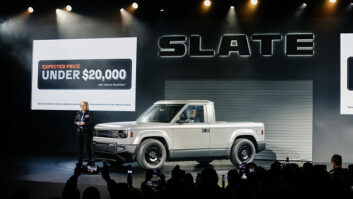LONDON — The United Kingdom’s Absolute Radio is adding to its line-up of “decades” stations with Absolute Radio 40s, a pop-up service to mark the 75th anniversary of VE Day.
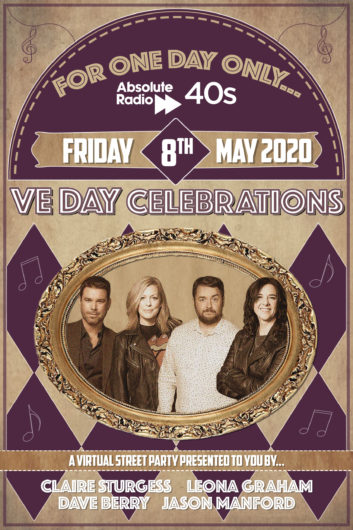
The station, which will be entirely dedicated to the 1940s, will broadcast for one day on Friday May 8 and will play an uplifting mix of songs from artists including Billie Holliday, The Andrews Sisters, Judy Garland, Glenn Miller and Bing Crosby.
UPLIFTING MIX
Absolute Radio 40s will also include special news bulletins charting events as they unfolded on the day in 1945. Presenters from the main Absolute Radio service such as Dave Berry, Jason Manford, Leona Graham and Claire Sturgess will also be featured on the special station.
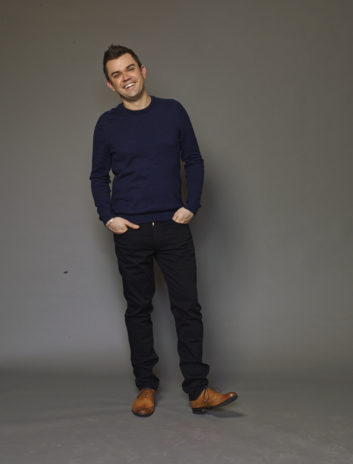
The pop-up service will take over Absolute Radio’s 1215AM frequency across the U.K. for 24 hours, and also be broadcast on DAB+ in London and online. Some of the station’s programs will be beamed to British armed forces around the world on BFBS Radio 2, and will also be made available to hospital radio stations across the U.K.
Absolute Radio’s Content Director Paul Sylvester explained the idea behind the station: “The 75th anniversary of VE Day is a momentous event in our history, and it’s tragic that celebrations have had to be rightly curtailed because of the Coronavirus. Taking the Absolute Radio decade strategy and creating this unique pop-up station for 24 hours is the simplest way that we can pay our own very small tribute.”
“The incredible music and compelling stories you’ll hear on Absolute Radio 40s will bring comfort and entertainment to those older listeners in self-isolation and remind the rest of us of the importance of this day,” added Sylvester.
The project is a co-production with TBI Media and has been made possible by a grant from the U.K. Government’s Audio Content Fund, which supports public service broadcasting on commercial and community radio.
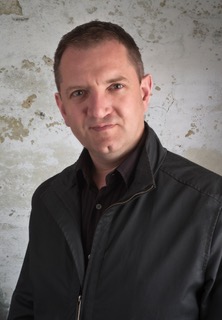
TBI Media’s CEO and Founding Director Phil Critchlow explained the challenge they’ve had to overcome to create content for the station during lockdown: “Like everyone we’ve learnt a huge amount about recording and broadcasting remotely over the last eight weeks — much of that is being applied to this project. Alongside almost 80 pieces of music across the four hours of content, we have four separate presenters, and probably another 25 voices that need to be captured one way or another,” he said.
REMOTE GEAR
“In every case it’s about quickly making the best of the equipment available to each contributor,” Critchlow added. “We always briefly ask what resources are available — you’ll be surprised how many people have a mic they use with GarageBand — but not pushing things too far, where the way a voice is captured begins to get in the way of a contributor’s thought process.”
Critchlow explained his current technical set-up: “Where broadcast is concerned, we’re using Comrex devices, with a broadcast quality mic attached for anything that’s going live. For pre-records, the best option is a Zoom or similar call with contributor recording locally to a WAV recorder via a quality broadcast mic and sending the content for syncing afterward.”
He said the best results for microphones come from a tight cardioid polar pattern mic. “These can often be much more forgiving in a reflective domestic setting than a more expensive studio capacitor mic — so a dynamic mic like a Beyer M201 is great, providing you use a pop shield. Where time allows, we’ve actually been posting mics and WAV recorders to contributors, with return-to-sender pre-paid packaging enclosed.”
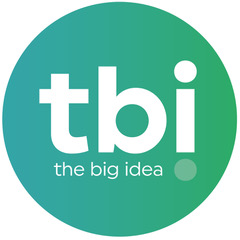 Critchlow advised that for remote recording, the biggest difference that can be made is talking to the contributor about where they are in their house.
Critchlow advised that for remote recording, the biggest difference that can be made is talking to the contributor about where they are in their house.
He explained: “The objective is to avoid any reflective surfaces that create a reverberant “roomy” sound — so moving them out of the kitchen into a room with plenty of soft furnishings. Asking for curtains to be closed, and a blanket or duvet to be put on the table they’re sitting at, can make a huge difference. Also suggesting that electrical appliances that may be running close by are switched off — it’s surprise how a washing machine in the next room isn’t heard by a contributor but is heard by their mic!”
“For post-production we’re now using Reaper almost exclusively,” said Critchlow. “We’ve come up with a process of sharing all content and edit project files on Dropbox. This allows, in this case, four people doing the editing at various stages to quickly pick up, make changes to and pass on a Reaper file for others to finalize and add to the master program. The masters can also then be passed around as an edit desk before finalization.”
Critchlow said: “Absolute 40s is a huge team effort across TBI Media and Absolute Radio. While these are uncertain and challenging times, it continues to be a huge privilege to be creating content that can make a real difference to people — particularly in this case where some of the audience is likely to be older and potentially isolated from their friends and family.”

